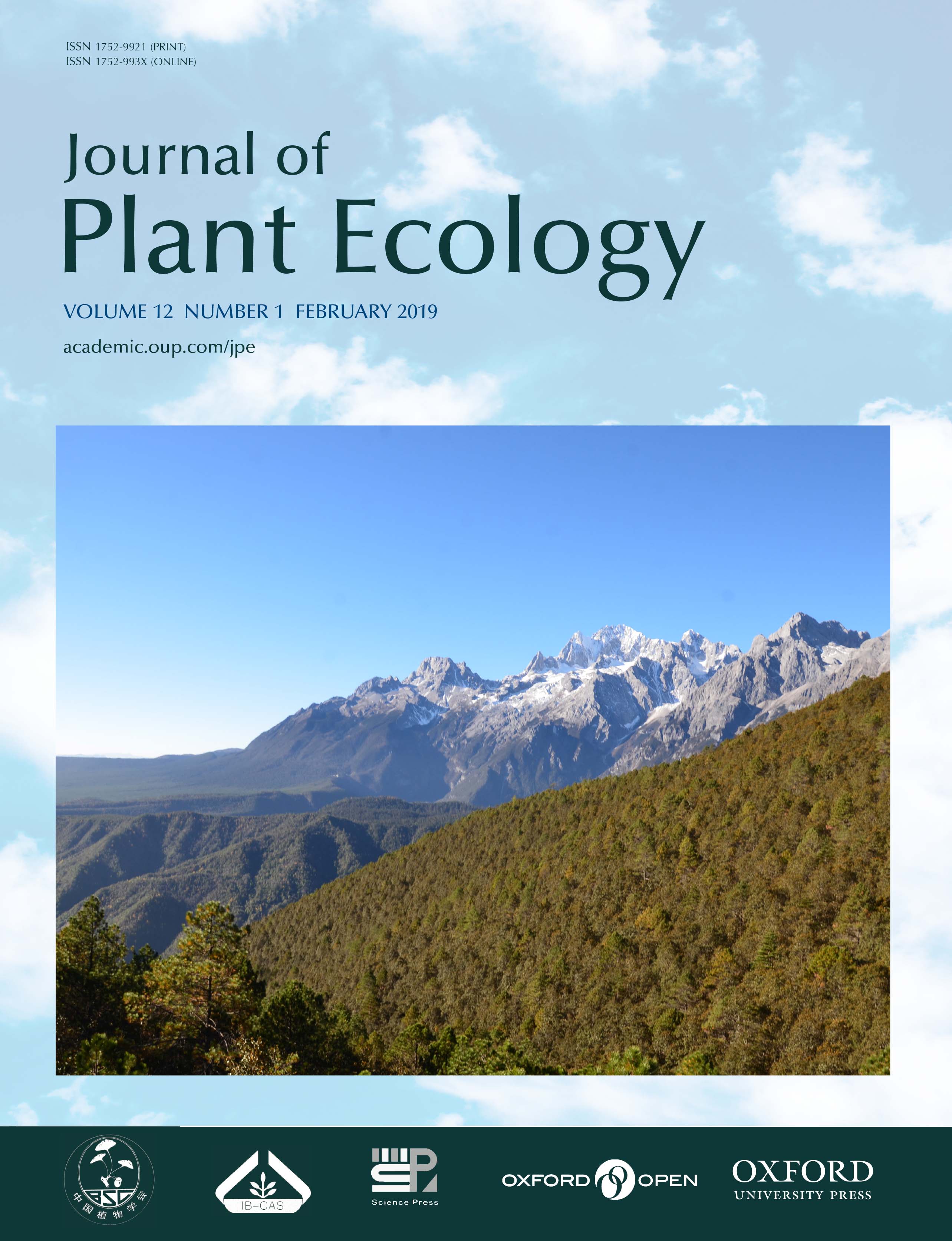Roy R. Vera V., J. Hugo Cota-Sánchez and Jorge E. Grijalva Olmedo
Aims
Deforestation and biodiversity loss are two alarming, closely related problems, and the main factors triggering changes in land use. Indigenous agricultural practices in the western Amazon Basin are known as chakras, and their structure and dynamics are seemingly optimal for forest management. However, the variability in tree species and the degree of forest recovery after abandonment is poorly documented in this agroforestry system (AFS). The goals of this study were: (i) to investigate whether the different AFSs (chakras) preserve similar levels of forest diversity, (ii) to determine the effect of transformation of mature forests (MF) to chakras, in particular, forest alpha and beta diversity levels, and (iii) to investigate whether native tree species recovery leads to the original forest structure following chakra abandonment.
Methods
We assessed the floristic composition in three AFSs (cassava, corn, and cocoa), the secondary forest (SF), and the forest remnants in the buffer zone of the Northern Ecuadorian Amazon (NEA). All tree species with a diameter at breast height (dbh) ≥10 cm were inventoried in 61 plots (0.28 ha average) representing 17.44 ha. Alpha diversity was calculated in all systems to determine the levels of variability using species richness and the Shannon diversity index. Also, beta diversity was examined to evaluate the degree of dissimilarity among all AFSs with the MF in order to analyze changes in floristic composition. The divergence between the SF and the MF was analyzed to ascertain forest recovery after chakra abandonment.
Important Findings
A total of 4,060 trees (dbh ≥ 10 cm) representing 109 species, 96 genera, and 43 plant families were inventoried in 17.44 ha sampled in five systems in the buffer zone of the NEA. The most dominant plant families were Arecaceae, Myristicaceae, Fabaceae, Meliaceae, and Malvaceae, and the most representative genera included Iriartea, Virola, Guarea, Ocotea, Cordia, Chrysophyllum, and Inga. The MF in this zone is composed of 81 tree species circumscribed in 74 genera and 30 plant families. Transforming this MF to different chakras leads to a decrease of alpha diversity between 52% and 75%, particularly in AFS practiced for local food security (corn and cassava). However, all the AFSs preserve ca. 56% of the native flora existing in the MF, in which at least 8% of the species are threatened; however, the status of the remaining 92% of species is still unknown, indicating that the assessment of the rarity of the native trees is virtually unexplored. Additionally, all sites investigated consistently formed three clusters that corresponded to AFS, MF, and SF. Thus, the trend of forests to recover the original structure is facilitated by native trees left intact in the chakras. These results strongly support the potential to execute sustainable forest management and preservation of endangered tree species practicing this AFS.








